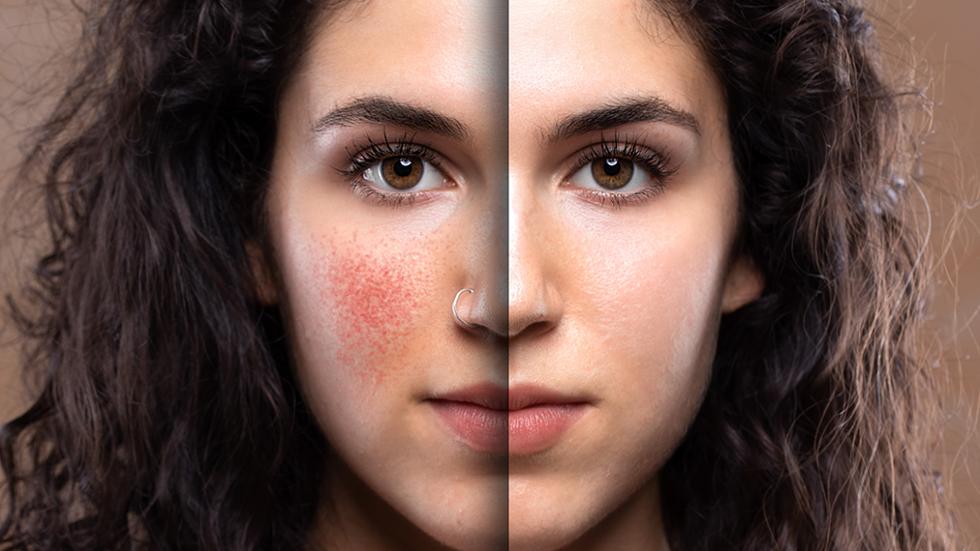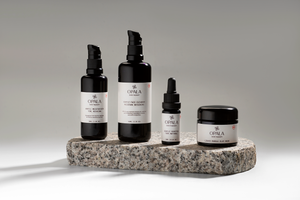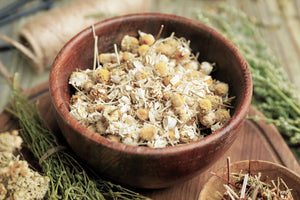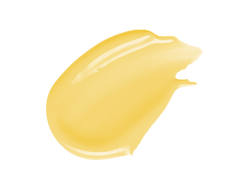
What I’ve learned from a lifelong experience of living with eczema
I have long wanted to write a comprehensive article about eczema. Particularly about the best way of managing it before it begins to create rashes across the skin, most prominently on the face. Anyone I’ve ever interacted with will know the lifelong struggle I have lived with eczema rashes, including atopic eczema. Over these years I have learned many things about eczema - with my number one tip being that first you need to be able to pinpoint the type of eczema, and its triggers before trialling any treatments. Let’s explore this in more detail.
DEFINITION AND TYPES OF ECZEMA
Eczema is a group of conditions that make your skin inflamed or irritated. No matter which part of your skin is affected, eczema is almost always itchy. Your skin usually is red, dry, cracked and sore.
1. ATOPIC DERMATITIS
When people refer to eczema, they usually mean atopic dermatitis (AD), which is characterized as dry, itchy skin that often appears with a red rash. This is the most common and chronic type of eczema, it is caused by genetics and sometimes has allergic features (atopic means sensitivity to allergens). Studies show that eczema is inherited from a maternal gene located on chromosome 11. Eczema affects 8–25% of the population worldwide. While most children outgrow it by their 10th birthday, some people continue to have symptoms on and off for life (like me).
2. CONTACT DERMATITIS
Contact dermatitis is caused by contact with irritants. Burning, itching, and redness can occur. The inflammation goes away when the irritant is removed.
3. DYSHIDROTIC DERMATITIS
Dyshidrotic dermatitis affects fingers, palms of the hands, and soles of the feet. It causes itchy, scaly patches of skin that flake or become red, cracked, and painful. The condition is more common in women.
4. SEBORRHEIC DERMATITIS
Seborrheic dermatitis appears on the body where there are a lot of oil-producing glands like the upper back, nose and scalp. It often causes scaly patches, skin discoloration, and dandruff. Stress or lack of sleep can worsen these symptoms. Since the root cause for Seborrheic dermatitis is very different to other types of eczema (it is an inflammatory reaction to excess yeast), we will cover it in more detail at a future date.
NO CURE JUST CARE
People with facial eczema (usually atopic or contact dermatitis) are more likely to have problems with their skin being able to repair itself. The barrier function of the skin is often compromised, allowing greater opportunity for the development of irritation and allergy and get bacterial or viral infections.
There is no known cause. Contrary to popular beliefs, eczema has not been proven to be associated with food allergies. It cannot be cured, but symptoms can be controlled with moisturisers, topical and oral medicines, and avoiding triggers.
Triggers of atopic dermatitis vary between people, but stress, irritants, and hormonal changes are common factors. A family history of atopic dermatitis can also increase your chance of developing the condition.
To understand all the possible eczema triggers, look at the picture below.

HOW TO AVOID ECZEMA FLARE-UP?
As you can see in the picture above, eczema can flare up in a lot of ways. Unfortunately, my skin is prone to almost all of them. I used to have a serious flare up on a monthly basis and the only half solution prescribed to me at the time were steroids. Over the years this quickly became unsustainable, thinning my skin and making it more vulnerable in the long term. Steroids are therefore not the easy solution you may be looking for.
I have also trialled every other tip and miracle cure since, from changing my diet to doing everything I can to avoid triggers (even avoiding door handles), but unfortunately none yielded lasting results. I obviously also could not influence hormonal changes either.
My only hope was to improve and strengthen my skin, ensuring that there was no room for further imbalance in my skin barrier. And this is where through my pharma experience and academic qualification helped create the first Opala set - the Gentle Cleanser and Moisturiser.
With regular use of a simple cleanser, moisturiser (and possibly a booster), flares can be kept to a minimum. While of course continuing to avoid common triggers, such as smoking, strong UV, or woolly sweaters. To keep your skin barrier intact, you should definitely pay attention to the following things listed below. (You can also read more here about how your skin barrier works.)
1. CLEANSING

2. MOISTURISING
3. MAKE UP
Make up can irritate facial eczema, especially liquid foundation and mascara, so do not use it on affected areas. Mineral make-up is generally less irritant for people with eczema. If you suspect that your make-up may be an irritant, stop using it and introduce products one at a time, to see if any particular product is causing irritation.




